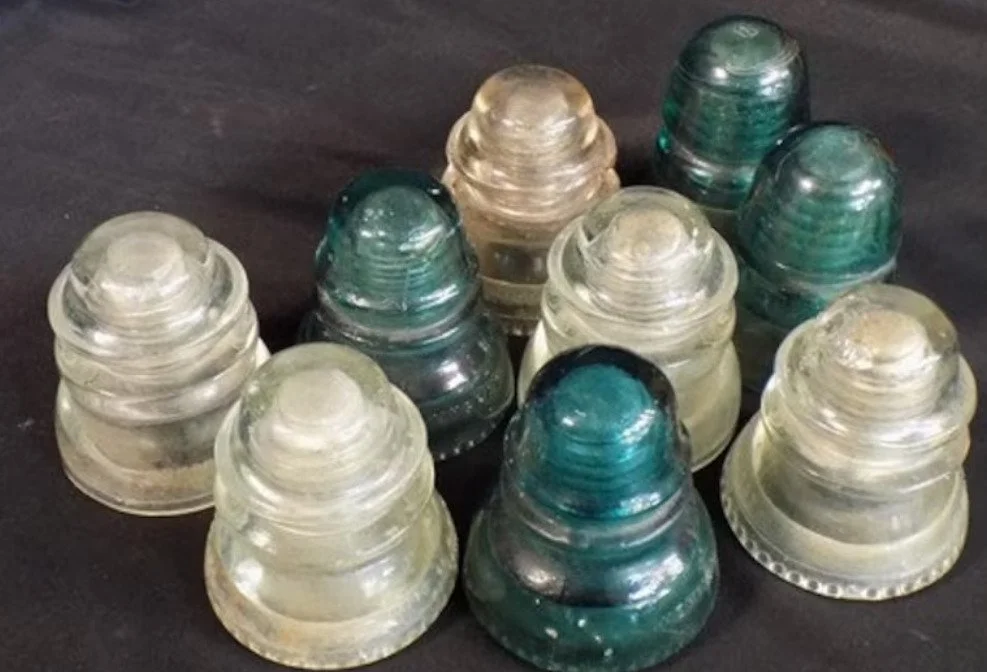Have you ever noticed those glass or porcelain objects on the tops and crossarms of telephone poles? They may seem insignificant, but they play a vital role in the world of communication. These quirky-looking contraptions are called insulators, and they have an important job to do.

The primary purpose of insulators is to keep the electrical wires from having contact with the pole or the ground below. Without them, all that electricity or those precious telephone calls would just dissipate into thin air. Imagine trying to make a long-distance call only to have your voice fade away after a few hundred feet – not a pleasant experience, right?
Insulators come in a variety of styles and colors. While the older ones were typically made from glass or porcelain, some were even crafted from wood, glass, animal parts, and other bizarre materials. Size also matters, with smaller insulators being used for telephone and telegraph wires, while larger ones are required for high-voltage electrical wires. It’s like a VIP section for insulators, depending on the voltage!

You see, as the voltage of power lines increases, so does the size of the insulator. Why? Because electricity can be quite flashy and, if the voltage is high enough, it might decide to jump over a considerable distance, a phenomenon known as “flashover.” Insulators equipped with broad “umbrella” disks and wide lower skirts act as the bouncers at the nightclub, ensuring that the wires stay at a safe distance from the pole and preventing any electrifying dance moves.
Believe it or not, insulator collecting is a popular hobby! It gained popularity in the 1960s when utility and power companies started burying their wires. Many vintage insulators couldn’t join the underground party and ended up being discarded. But, as the saying goes, one person’s trash is another person’s treasure.
Collectors of insulators come from all walks of life. Some are attracted to their aesthetic appeal and use them to adorn their windowsills and gardens, adding a touch of sparkle to their surroundings. Others have more specific preferences, seeking out particular kinds of insulators. The prices for these collectibles can vary widely, ranging from being virtually free to fetching jaw-dropping sums. Rare specimens can even go for tens of thousands of dollars, but there are also plenty of affordable options out there. You might stumble upon an insulator for less than a dollar or, if you’re lucky, even score one for free at flea markets.
It’s worth noting that most of the insulators in the hands of collectors are between 70 and 145 years old, with some types no longer being produced since the early 1900s. Anything old and out of production often becomes collectible, and insulators are no exception to this rule.
So, the next time you come across one of these quirky glass or porcelain insulators perched high up on a telephone pole, take a moment to appreciate the vital role they’ve played in the history of communication. They may seem like relics of the past, but they’ve made an indelible mark on our ability to connect with one another, whether it’s through a phone call or a lightning-fast text message. Who knows, you might even be inspired to start your own collection and join the ranks of insulator enthusiasts who find beauty and history in these humble artifacts.





